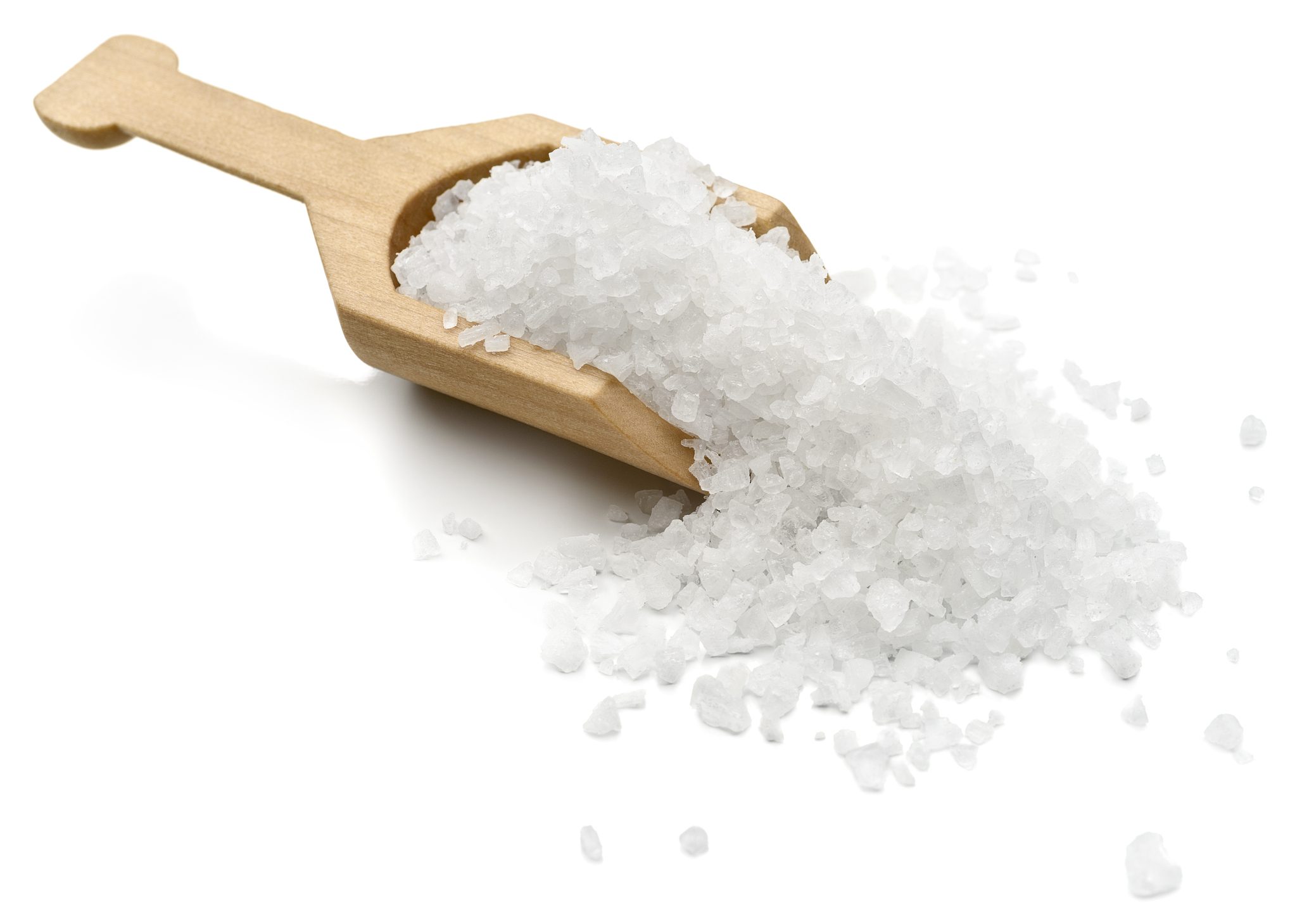Mineral salts: what they are, what they are used for and in which foods they can be found
Then let’s discover what mineral salts are and what they are used for and in what foods we can find them.
;Resize,width=742;)
Mineral salts are essential substances for the proper functioning of the body and for our health. In our body there are very little micronutrients of this type, but their presence is fundamental for our psycho-physical well-being. We usually take them through food and water, as we are not able to process them ourselves, and it is important to balance their intake: no food contains all the minerals we need, so we need to vary the diet, so to fill up with all the elements we need. Cooking does not alter the mineral salts present in the food although cooking some food in water could help to disperse them. Taking all this into account, it is possible to satisfy the daily needs of mineral salts through nutrition: only in cases of proven deficiency it will be necessary to take supplements, always under the supervision and indication of the doctor. Then let’s discover what mineral salts are and what they are used for and in what foods we can find them.

What are mineral salts and classification
The mineral salts that are mainly involved in the development of our body are calcium, phosphorus, sodium, potassium and magnesium. Usually mineral salts are divided into 2 categories: macroelements and microelements or trace elements. The former are those that perform a greater nutritional function for our body and they must be consumed every day, for a correct functioning of the organism. It is recommended to consume about 100 milligrams or more per day. The microelements, also called trace elements, are those we need in a minor way: the demand varies between micrograms and milligrams, about 100 mg or less per day. The macroelements group includes magnesium, calcium, phosphorus, potassium, sodium, chlorine and sulfur; instead in the group of microelements we find copper, zinc, iron, selenium, manganese, chromium, fluoride, nickel, silicon, vanadium and cobalt. It should be noted, however, that iron, although considered a microelement, is often necessary to take on a larger quantity than others in this same category.

Mineral salts: what we need them for
Along with carbohydrates, proteins, lipids and vitamins, mineral salts are fundamental elements for cell life, as they participate in the fundamental cellular processes for the development of tissues and organs, and also regulate the salt balance and cellular exchanges. Even if they are inorganic and non-energetic substances, the mineral salts intervene therefore in many reactions which are indispensable for our energy functions. Some mineral salts are fundamental constituents of bones and teeth, others are necessary for the functioning of enzymes and others are important for the functioning of some organs: such as iodine for the thyroid.

What is the function of mineral salts and in what foods they can be found
Each mineral salt has its own function and it can be found in foods in different sizes. Calcium is important for the health of bones, teeth and muscles, it also helps the blood clotting process: we find it in water, dairy products, legumes, cereals and green leafy vegetables. Also the phosphorus contributes to the health of teeth and bones, it plays an important function for the nervous system and it facilitates the energy processes of the cells: we find it in protein foods such as fish, eggs, cheeses, nuts and meat. Potassium is important for the proper functioning of cell membranes, nerve cells and muscles, especially the heart: we find it in large quantities in meat, vegetables, legumes and cereals. Sodium performs the same function as potassium and, moreover, it is essential for regulating the amount of water in the body and it contributes to the transmission of nerve impulses: we find it in cooking salt even if that present in the foods we consume would already be sufficient to the daily requirement.

Magnesium participates in many chemical and metabolic processes and we find it abundant in legumes, green leafy vegetables, nuts, cereals and, in smaller quantities, also in meat, fish and milk. Iodine, on the other hand, is essential to synthesize thyroid hormones, which participate in regulating body temperature but also in the metabolism of proteins, fats and sugars: we find it in fish and molluscs, in milk, in eggs and in fruit and vegetables. Given the low quantity of iodine in the environment, sometimes iodine is added to the cooking salt: so use the salt in small quantities, but always iodized.

Iron carries oxygen and carbon dioxide in the blood and participates in the activity of different enzymes: it is present in meat, fish, legumes, green leafy vegetables, legumes, eggs and cereals. An absolute or relative deficiency can cause anemia, in these cases the doctor will assess the need for supplements and establish the doses, to restore the situation. Selenium has an antioxidant function and we find it in large quantities in fish, molluscs and cereals
;Resize,width=767;)
;Resize,width=712;)
;Resize,width=712;)
;Resize,width=712;)
